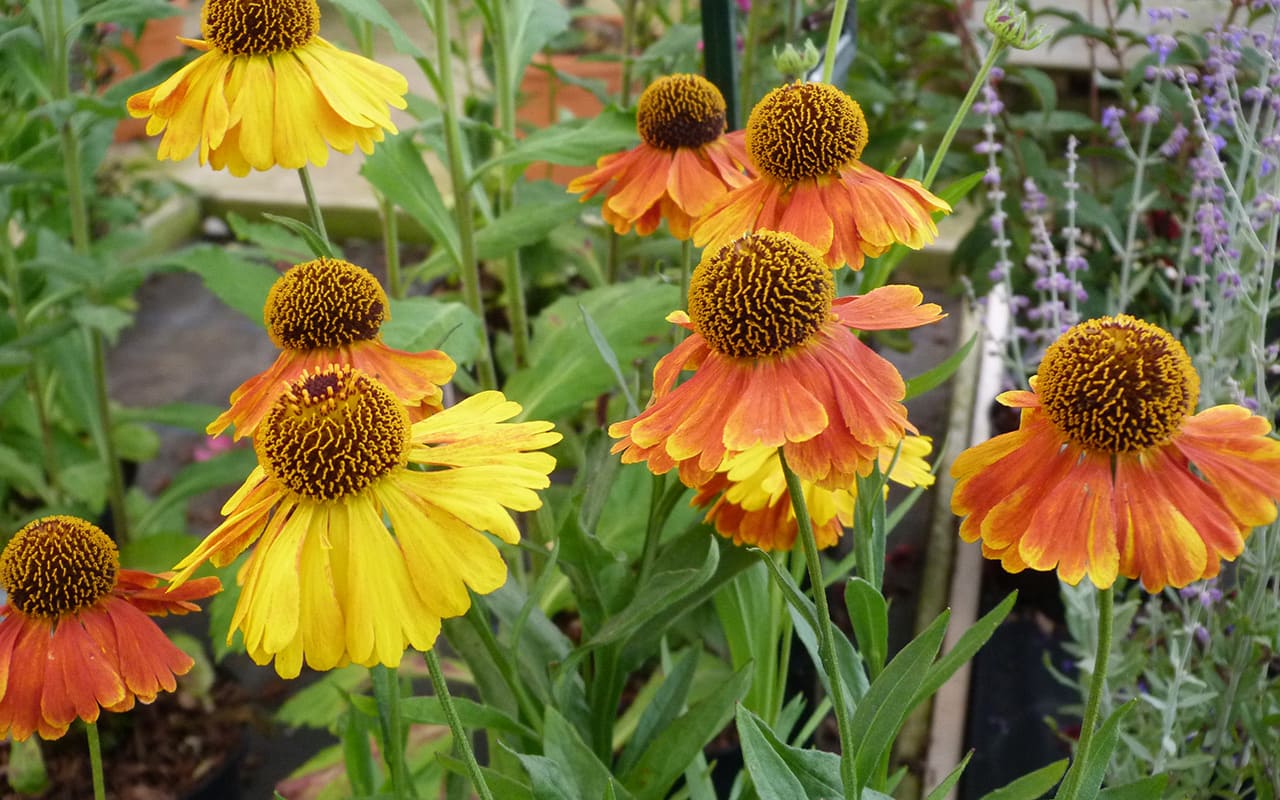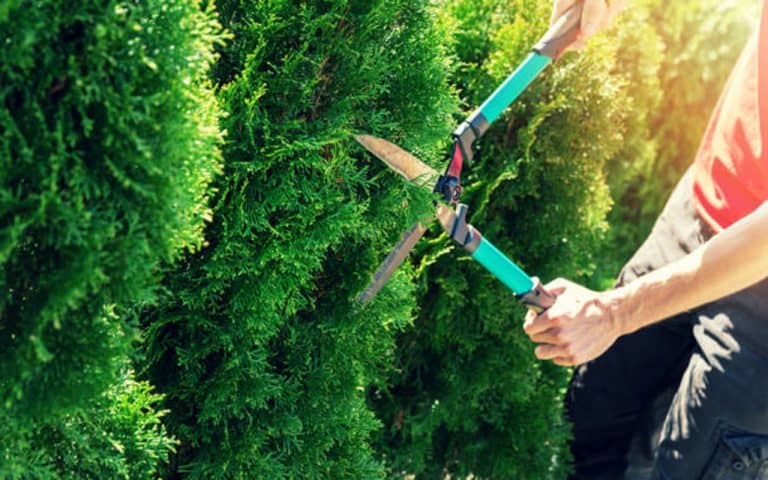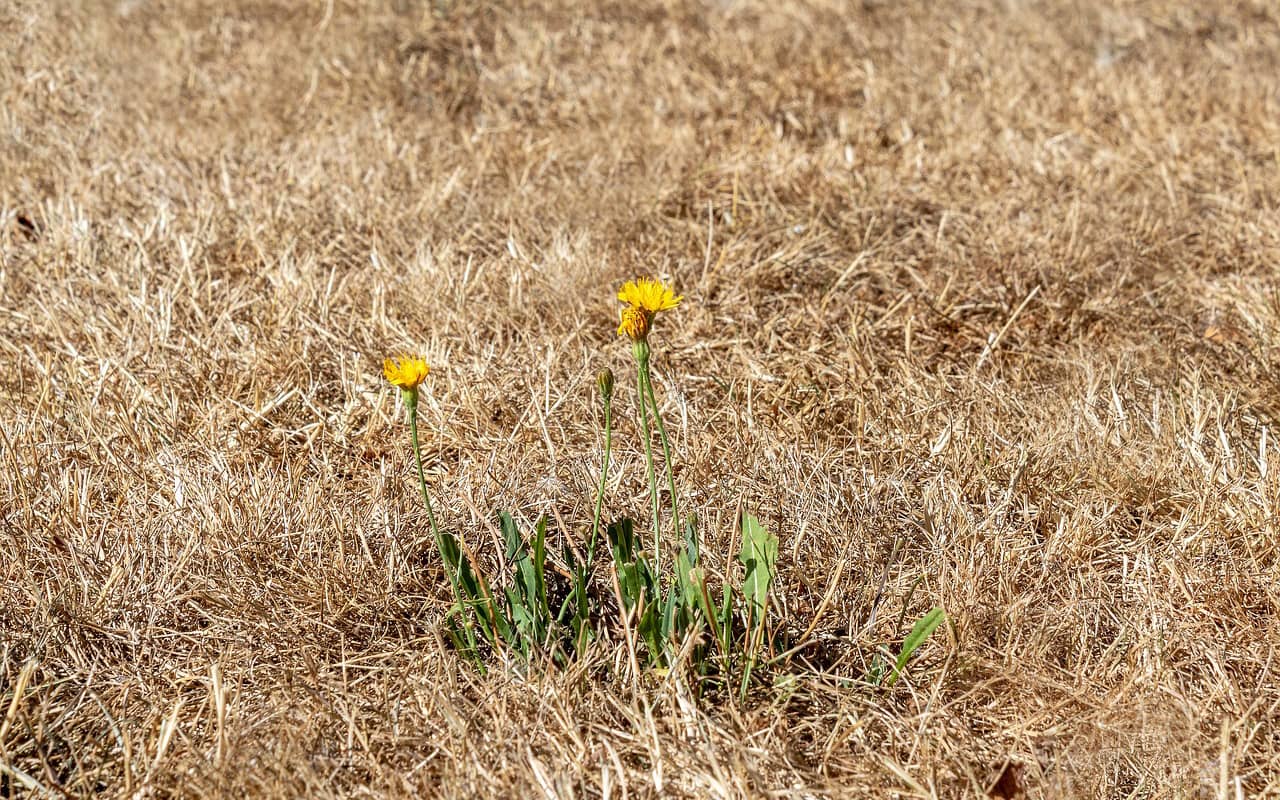Septembers are getting warmer. It used to be that we would get an occasional ‘Indian summer’ at the start of the autumn, but it seems like we have one every year now. For the last three years (since 2019), the Met Office has recorded higher than average temperatures for the month; the way this summer is going, that looks set to continue in 2022.
This means gardeners have a bit of a dilemma: should we think of September as autumn or should we treat it as we do those dusty days at the end of August? Our maintenance team have certainly started treating September as a summer month. It is going to be too soon to worry about the first frosts yet, or to cut down plants that are still flowering away. The reality is that, in this climate-changed world, we need to tune in to our plants and let them tell us how they want to be treated.
Plant and sow

Keep your garden blooming well into the autumn by plugging any gaps with late-flowering perennials or plant up some pots for late season colour. Plants like Sedum and Rudbeckia not only provide great colour but also nectar for pollinating insects and autumn-flowering Cyclamen, heathers, evergreens and Heucheras provide eye-catching interest.
You could also get ahead on next year by sowing hardy annual seeds in a cool spot. If you are a vegetable gardener, you can sow some varieties of peas and broad beans now for early crops next year or be like Monty and plant hardy greens like kale and mizuna for winter salads.
To keep your kitchen stocked up over the winter, why not pot up some herbs, like parsley or chive, to sit on a sunny windowsill?

Trim and prune
As it’s unlikely that anything will be nesting now, consider trimming conifer hedges to neaten them up and control their height. As they won’t be doing very much more growing this year, they should stay in shape until the spring.
If you have vegetables still ripening – and that’s very likely with the extra heat – cut away some of the leaves on the plant to allow the sun in. This applies to things like marrows, squash and pumpkins. Previously, we would have suggested that tomatoes were unlikely to ripen now so to cut off the trusses and either sit on the windowsill to colour-up indoors or to make green tomato chutney with them. However, I have had tomatoes ripen into October in recent years so, if the weather is good, consider leaving them on the plant to ripen.
Lawn maintenance

With the hosepipe ban in this area, many of us have lawns that look rather the worse for wear at present. But don’t despair; they will often make a full recovery, especially if we just help them along. Usually, September is a good time to rake thatch from your lawn, to aerate any compacted areas by spiking with a fork and for re-seeding any bare patches. However, you’ll need to save that for a few weeks until the lawn is green again and the soil isn’t baked hard.
For now, consider saving or recycling any water you can to throw on the lawn to help it recover. If you want to mow, raise the height of your mower blades so it doesn’t stress the grass quite as much. Don’t apply feeds or weedkillers while it is still brown; without any water to wash them in, they will either be far too concentrated or just blow away.
The Royal Horticultural Society have updated their advice of caring for a lawn during a drought, which you can find here: https://www.rhs.org.uk/lawns/drought-care
Harvest and store
September is usually the month of harvest festivals because many of our summer crops are ready to pick now. Remember that pears don’t ripen on the tree; they need to be picked when the stems give and left somewhere sunny and dry until they are soft enough to eat.
If you’ve had a good crop of chillies, why not consider drying some for use over the winter or preserving them in olive oil. To dry, thread the stalks onto a length of cotton and leave somewhere dark, dry and warm (your airing cupboard is ideal) to dry out.
If you’ve grown potatoes, lift your main crop on a dry day and leave them to dry off before storing them in paper or hessian sacks. Remember that they need to be stored in a dark place, preferably one with good ventilation to stop them turning green or rotting. Stored carefully, they should be good for Christmas lunch!
And, if autumn does set in…
You can start to tackle the regular September jobs, like clearing out and cleaning your greenhouse and checking heaters are in good working order. As the nights get cooler, you’ll want to think about closing greenhouse doors and vents overnight.
If you’ve had houseplants outside, time to bring them in now. And, if you have a pond, think about putting a net over it to catch falling leaves before they fall in and rot.
For other September jobs (when it really starts to feel like September) why not have a look at the Garden Jobs we wrote about for September last year, here (insert link).
